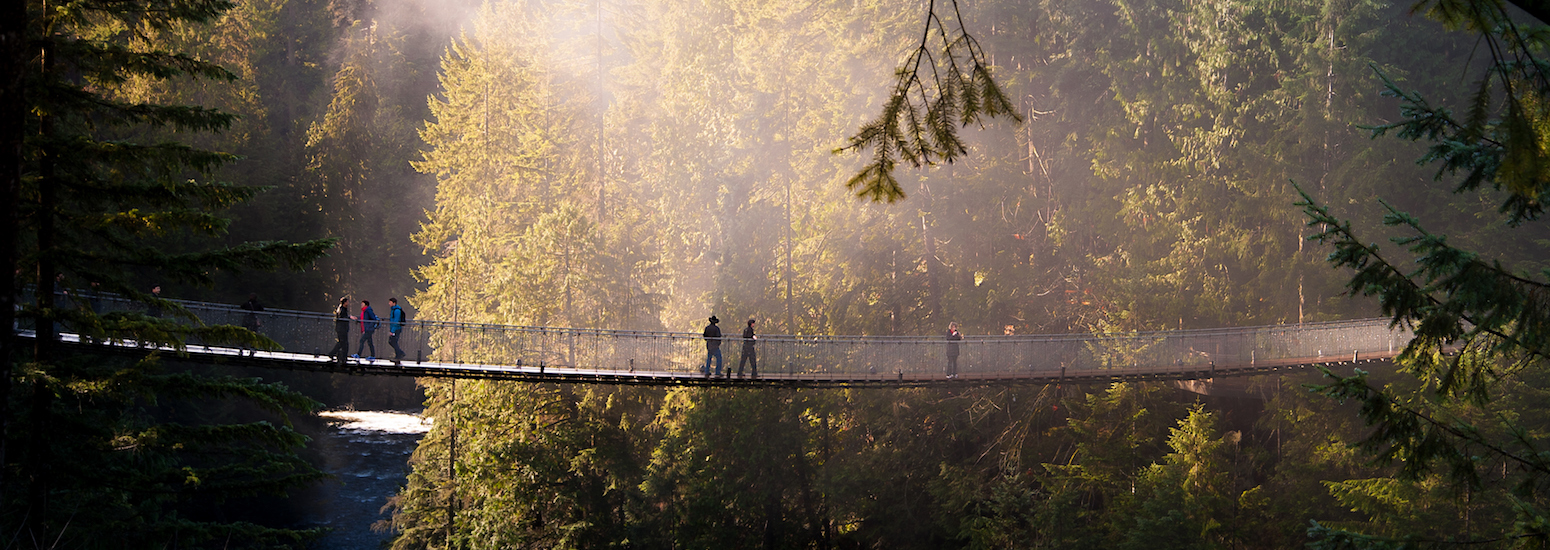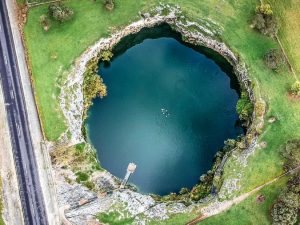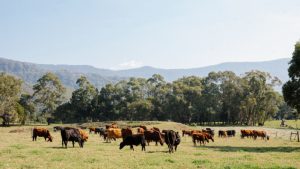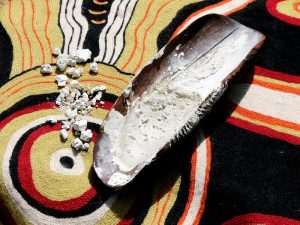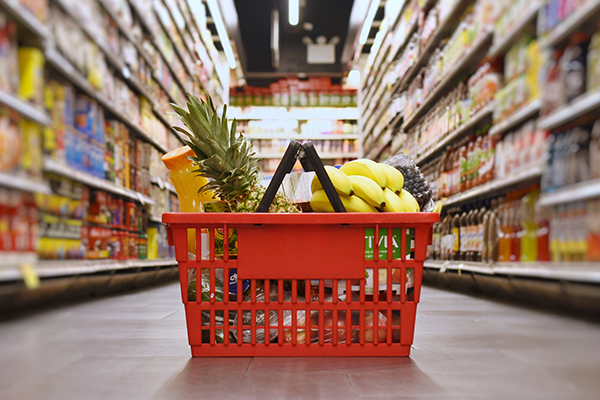1、It is advisable to exercise in the morning and evening in the hot summer
Golden rule number one, choose the right time to exercise. The sun is not strong in the early morning and late evening, so it is suitable for exercise. Choose a cool and ventilated place when exercising as much as possible.

2. Avoid exercising when the temperature exceeds 30°C
Julie Ferrez, a fitness trainer, recommends avoiding exercise when the temperature exceeds 30°C. Ferrez recommends avoiding exercise when the temperature exceeds 30°C. This is because strenuous exercise in hot weather can cause 30% of the water in your body to evaporate, thus affecting your body functions. When the temperature exceeds 30°C, water activities of moderate or low intensity (water yoga, water gymnastics and swimming) can be chosen. Choice of exercise venues: air-conditioned gyms, indoor swimming pools and shady places.

3. Don’t wait until you are thirsty to drink water
Water is an essential and faithful companion when people exercise. Under normal circumstances, you should drink 2 litres of water a day and never wait until you are thirsty to hydrate. According to Julie Ferre, when symptoms like thirst appear it means you have been dehydrated for 3 hours. Advice: keep hydrated before, during and after exercise.

4. Avoid doing high-intensity exercise
Doing high-intensity exercise in the heat is a very dangerous act. You should wait until the weather is relatively cool to do some exercises that can enhance cardiorespiratory function, such as overall strengthening and calisthenics. This is because these are the only exercises that do not cause the body temperature to rise too quickly (e.g. cycling, race walking, yoga and Pilates).

5. Fitness beginners should exercise in moderation
For office workers who enjoy working out in the summer sun, moderate exercise is probably the best option. In summary, you should avoid exercising in the hot sun if you are one of the following.
(1) A non-professional gym-goer;
(2) in a weak state of health;
(3) Chronically ill (especially if you have a heart condition).



 COVID-19 Around the World3 years ago
COVID-19 Around the World3 years ago
 Cuisine Explorer4 years ago
Cuisine Explorer4 years ago
 Arabic2 years ago
Arabic2 years ago
 Cantonese - Traditional Chinese4 years ago
Cantonese - Traditional Chinese4 years ago
 Tagalog4 years ago
Tagalog4 years ago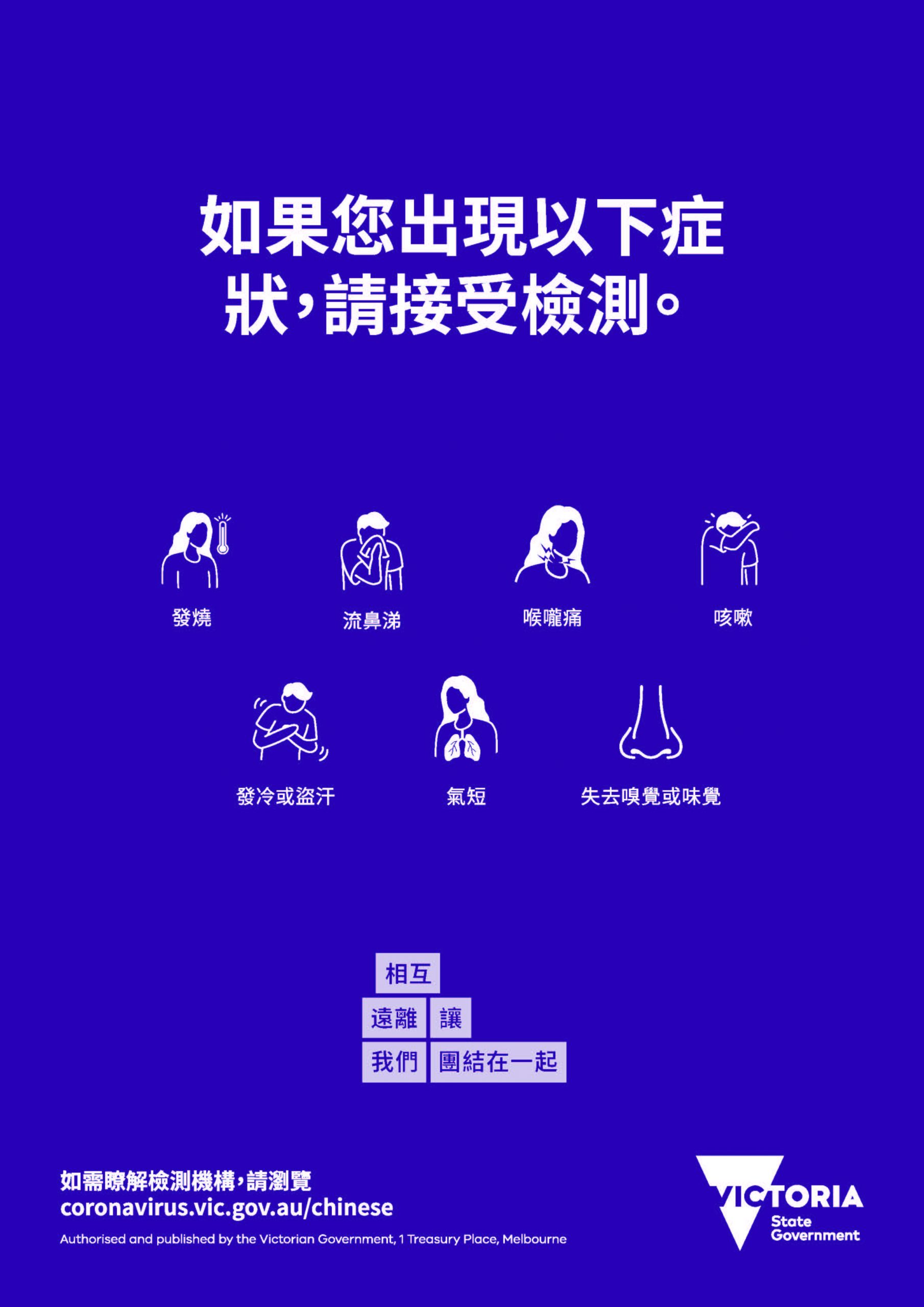
 Uncategorized4 years ago
Uncategorized4 years ago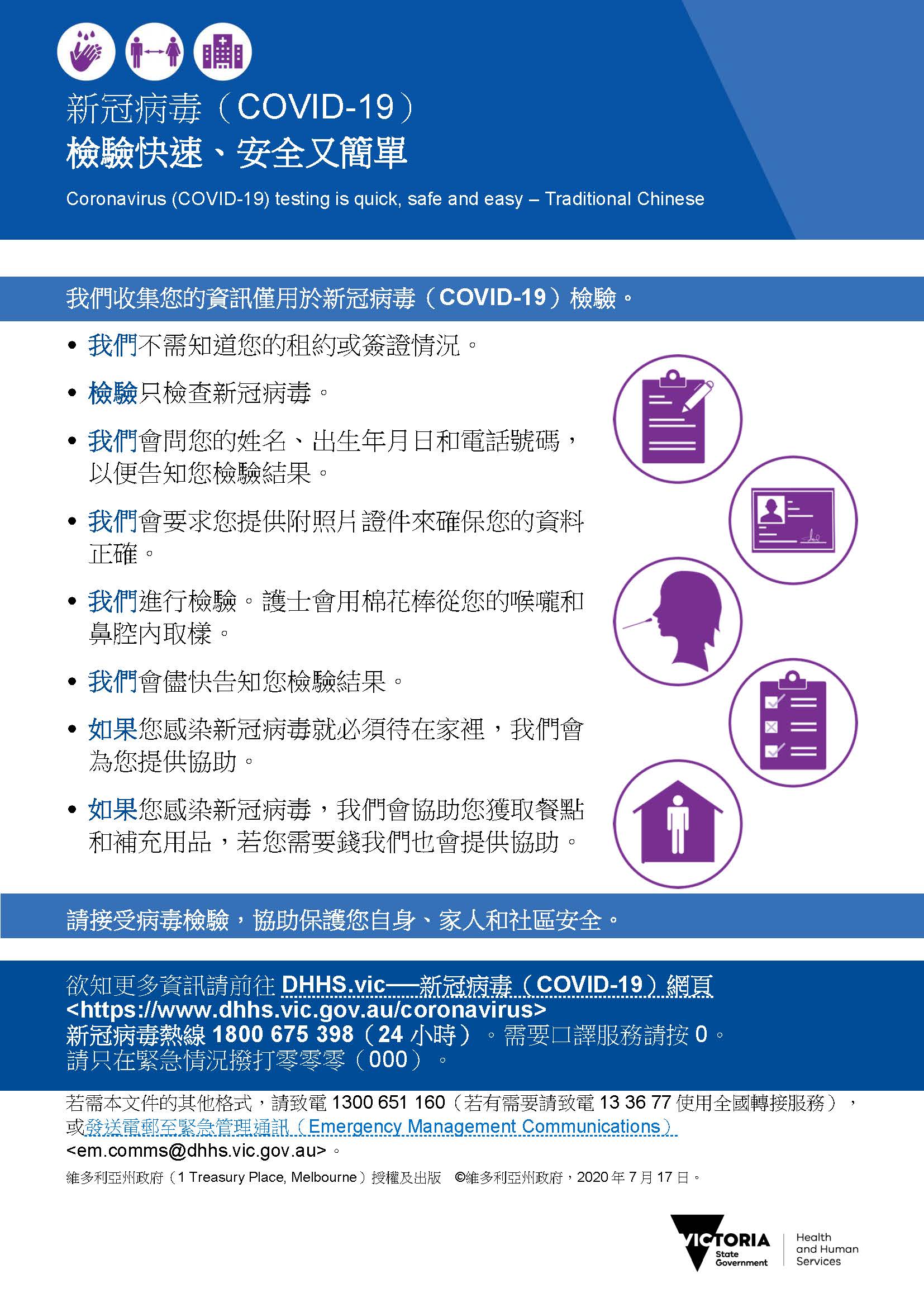
 Uncategorized4 years ago
Uncategorized4 years ago








